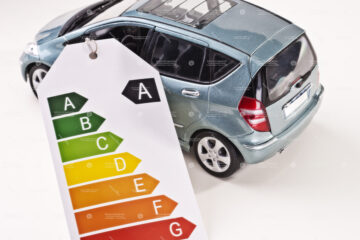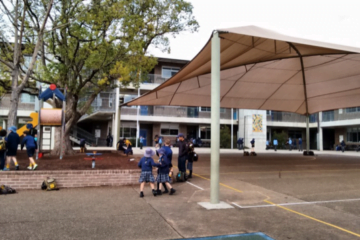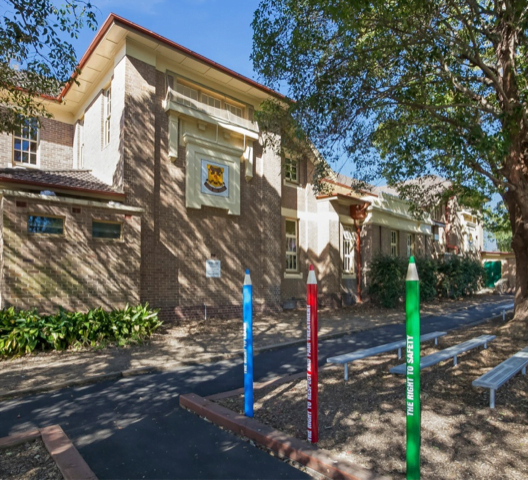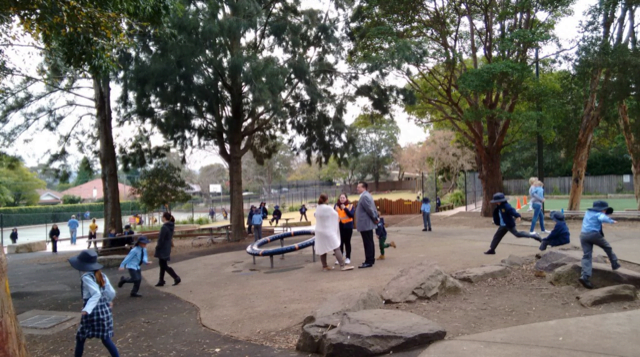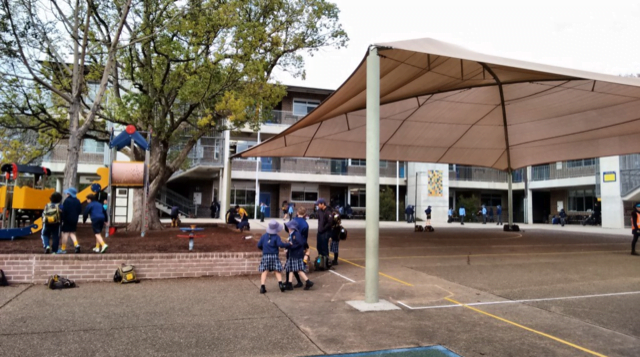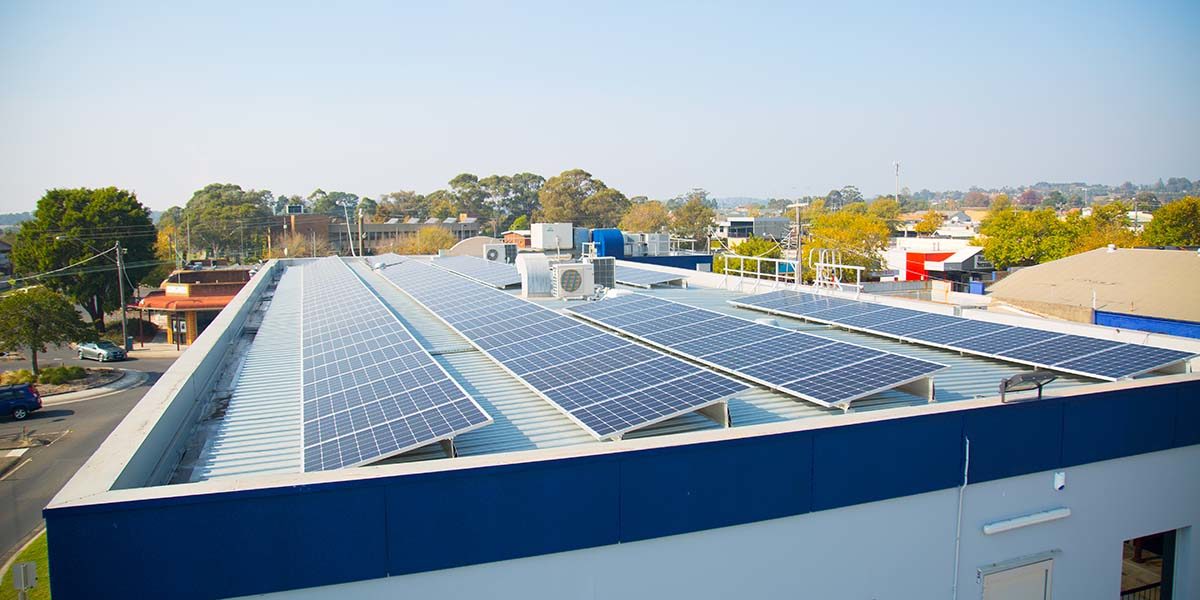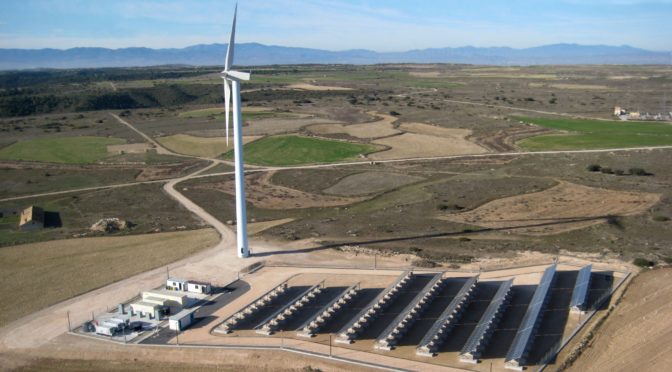As we mentioned previously, until we find viable projects to raise public funds for, we will carry out the role of advocate to put pressure on ensuring real climate action is taken, sooner rather than later.
To this end, there is a vital piece of policy that is in the throes of being finalised, being the New Vehicle Efficiency Standard (NVES).
Currently the Government is asking for public feed back about how hard we go with the new NEVS.
Our response has been to support Option C – which is the fastest option, whilst the governments preferred position is Option B which is go fast with flexibility.
We invite you to add your voice and complete this on line response.
This should only take a few minutes, and it could be your response that finally tips the scales in favour of getting the government to select the fastest action – Option C. We set out below why we believe Option C is better than Option B.
Background
With the exception of Australia and Russia, nearly all advanced economies including the EU, US and China have adopted new vehicle policies that require manufacturers keep their average co2 per km of the cars they sell below a certain limit.
In Europe, for example, the current average emissions target is 95g co2 per km, for all new vehicles, reducing to 49.5 by 2030 and Nil by 2050.
If a manufacturer, such as Volkswagen, sells a V6 Amarok Ute with a 231g co2km, then VW will need to sell 2 electric cars to bring the average below 95.
Currently in Australia we have no such requirement, so VW can sell as many Amaroks as it likes. This is the reason that the marketing changed in the mid 2010s to encourage the average Australian car buyer to suddenly want to drive a commercial vehicle that has barely changed since the 1970s. Since 2018, the most popular new cars are utes that put our twice the co2 of the previous best selling cars – being the Mazda 3 and Corolla.
The Australia NVES policy brings us more in line with the US, which incredibly now has 20% lower emissions than we have on new cars.
After what seems a rather longer than expected consultation with the industry, the government is now asking the public how hard we should go with this policy. There are three options being: Option A – Slow Start; Option B – Fast, but flexible; or Option C – Fast start
The government produced a document called “Cleaner, Cheaper to Run Cars: The Australian New Vehicle Efficiency Standard. Consultation Impact Analysis” which attempts to show the pros and cons of the different Options. (It’s a pretty in depth read!)
Please complete the survey as you see fit, and feel free to use any of the arguments we put forward below.
We supported Option C for the following reasons:
- Financially Option C gives best net benefit $114.9bn when compared to Option B which is $96.46bn
- Recent on going “Extreme” weather indicates a need to act as fast as possible
- We should aim to equal or exceed EU standards, not the US, because we are one of the most urbanised countries in World, with UK and EU being more rural than we believe we are. Very few of the total kilometres we Australians drive are now on a dirt road anymore, so the need for large and rugged vehicles has passed.
- The current ute obsession is a purely the result of car manufacturers directing marketers to put all their efforts into promoting vehicles that all were allowed due to a lack of a vehicle policy in 2010s. Within another few years, the buying public will have moved on. (Indeed, it is worth considering that most of the non-tradesmen buyers of utes today, would not have been seen dead in such commercial vehicles a decade earlier. It is all mostly a fiction created by the advertising industry)
- Why should Australians be restricted in what cars they can buy, because there is no incentive to the manufacturer to supply us (The electric equivalent of the most popular car of all time, the VW Golf is the ID3, which is not sold here as there is no incentive to do so)
With regards to why we are not supporting the governments preferred Option B we stated:
- Any flexibility will be exploited by any future government that is not sympathetic to climate action Recent “Extreme” weather indicates a need to act as fast as possible
- Table 5 of their analysis in their report indicates that Option C would be detrimental on Equitable and Enabling grounds, which we feel is incorrect as Australia is a very small market, and would not influence car manufacturers with regards to either ICE or EV production.
Thank you…
